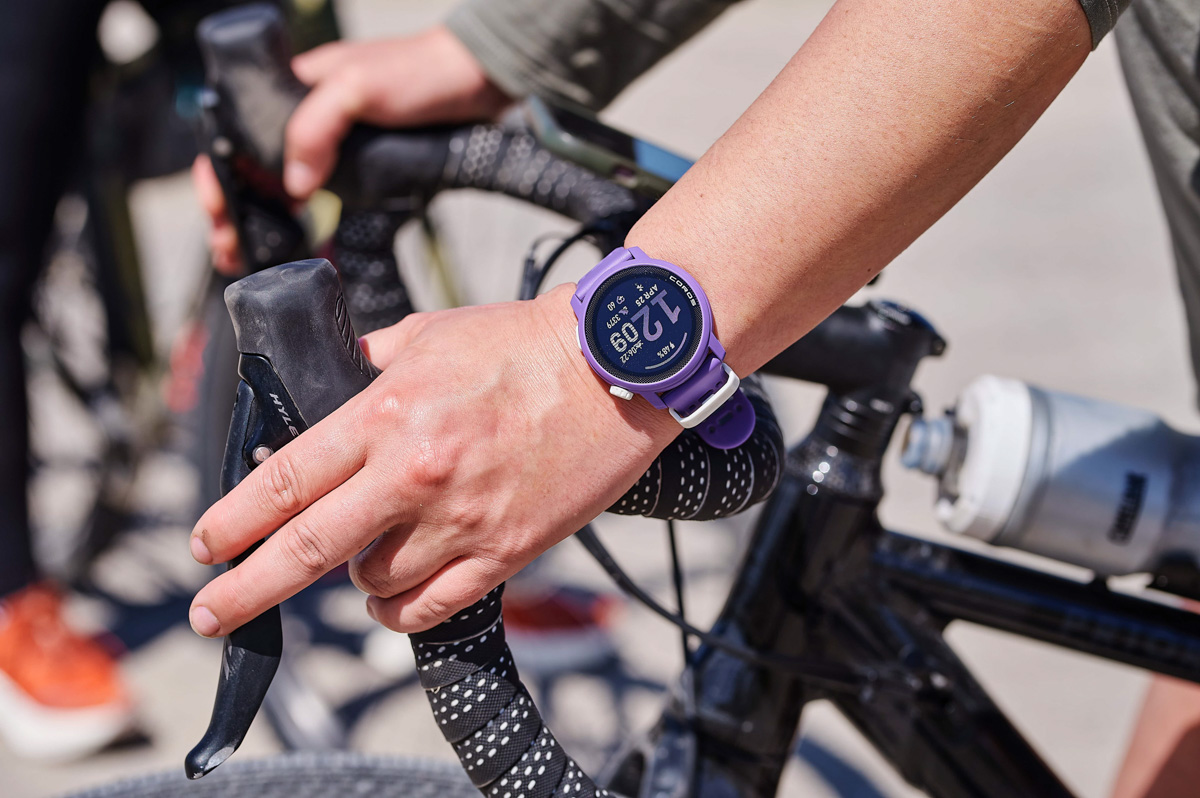
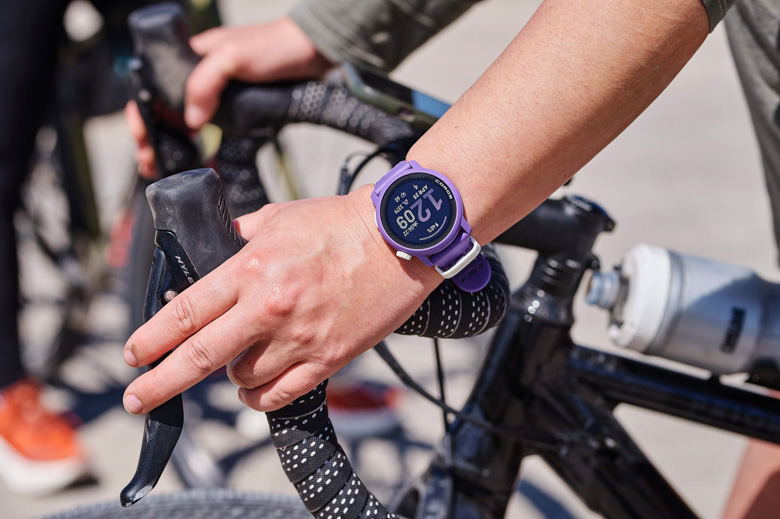
Price: $229
Weight: 1.4 oz.
Battery: Lithium-ion
Diameter: 41.9mm
What we like: A budget watch with GPS tracking, plentiful activity modes, a user-friendly interface, and durable construction.
What we don’t: Only has breadcrumb navigation and battery life is low compared to the competition.
See the Coros Pace 3
The Coros Pace 3 GPS watch is billed as the brand's budget option, but there’s very little about this watch that’s budget quality. In fact, the Pace 3 has impressed me with its ability to keep up on a range of frontcountry and backcountry adventures. It shares many of the same features as pricier designs, such as the ability to track with dual-frequency GPS, a number of activity tracking modes, detailed performance overviews, and a rugged yet modest build that has so far held up well to daily use. You shouldn’t expect the most premium navigation and mapping (notably, the Pace 3 only provides breadcrumb navigation) or the most comprehensive list of activities and data tracking, but I’ve found the watch more than ideal for daily workouts and long weekend endeavors. Plus, sometimes simple is just better. Below I detail my experiences with the Coros Pace 3. For a wider view of the market, see our articles on the best GPS watches and best fitness watches.
A quick glance at our list of favorite GPS watches reveals that the Coros Pace 3 doesn’t blow the competition out of the water in terms of battery life, but I didn’t find this to be an issue in testing. According to Coros, the Pace 3's battery lasts 15 days with daily use—which includes sleep tracking—and 38 hours with activity tracking and using standard full GPS (it drops down to 25 hours when using All System GPS). For reference, Coros’s more premium Vertix 2S has a battery life of 36 days with daily use and 73 hours when using standard full GPS. But that’s not to say that the Coros 3 has a bad battery life by any means, especially when considering the price point, which is significantly less than options like the Vertix 2S.
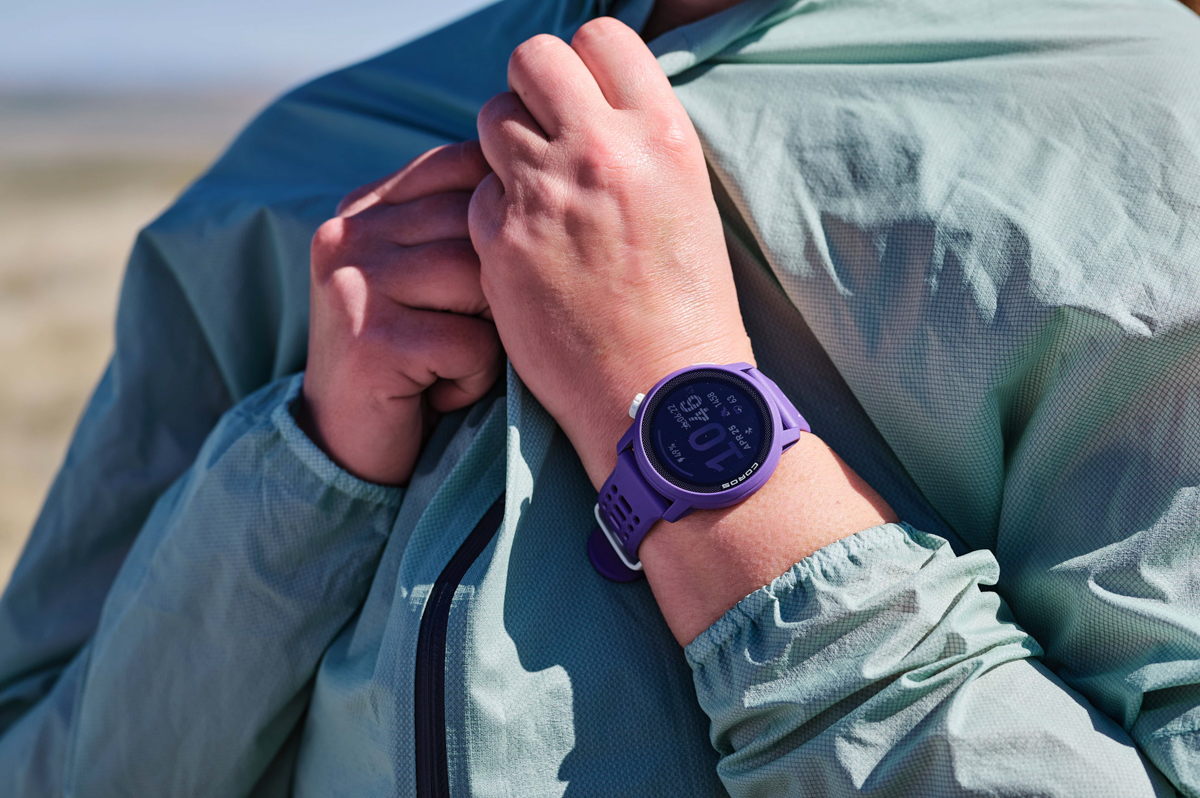
In testing, I found that I could go about a week without recharging the Pace, even when tracking daily runs, workouts, and longer hikes. While this watch wouldn’t be the best choice for dedicated ultra marathoners or explorers who plan on spending extended periods of time in the backcountry, it’s fully serviceable for the average frontcountry athlete and weekend backcountry warrior. What’s more, it only takes about 2 hours to fully charge and provides a battery life spec, which I found really helpful for knowing when I should expect to need to give the watch a charge.

Like most modern fitness watches, the Pace 3 can track activities with dual-frequency GPS (also known as multi-band GPS). This means the watch can receive multiple satellite signals from different satellites (GPS, GLONASS, Galileo, Beidou, and QZSS), which helps with tracking accuracy. In my testing, I found the Pace 3 fairly accurate in its tracking. Occasionally, the track would be off by a few feet—on one particular run, where I have to cross a road, the track follows the street rather than the sidewalk where I'm actually running. Tracking in environments without tall trees or buildings definitely helped with GPS accuracy (as there was less blocking of satellite signals), but I was pleasantly surprised to find that the Pace 3 was about as accurate as pricier watches I’ve tested.
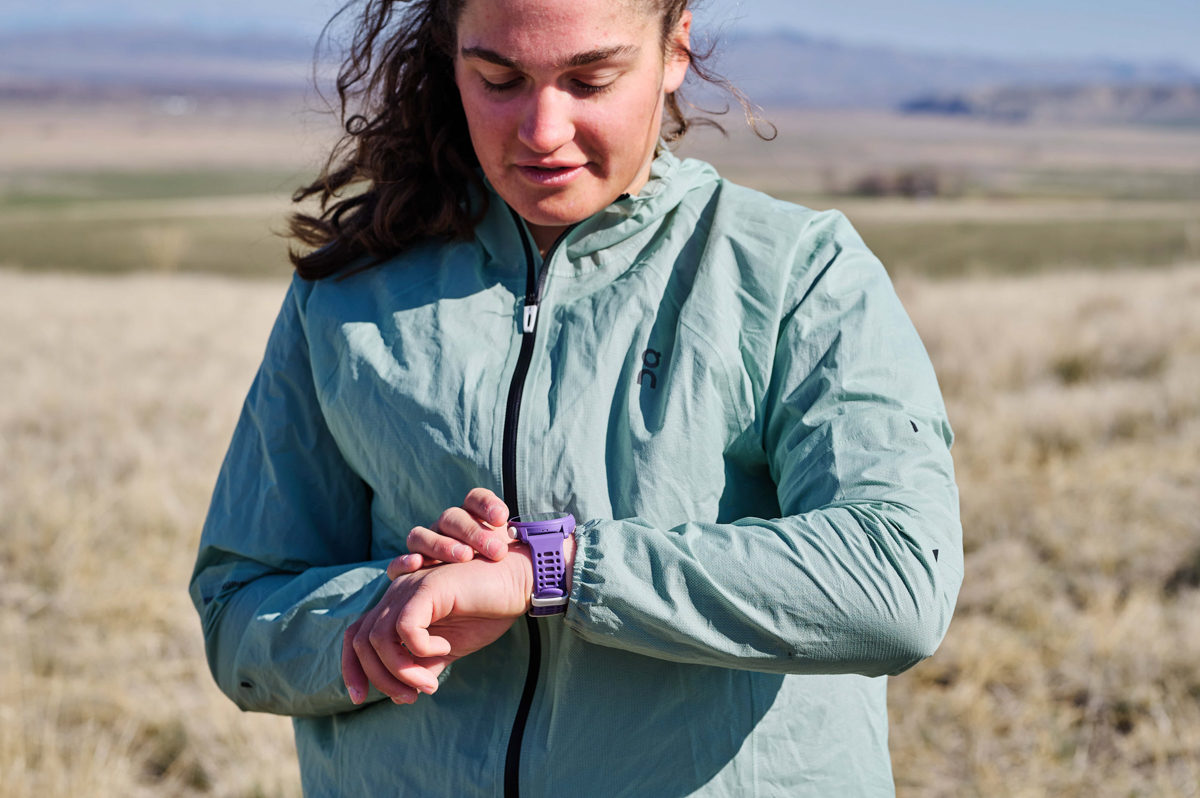
My experience with the heart rate monitoring on the Pace was mixed. I found it relatively accurate for the most part, but it often recorded too low a heart rate on high-exertion activities. On one particularly tough trail run, the watch was recording 110 beats per minute (bpm) when I knew that it should be closer to 160-170 bpm. Even on low-output activities, the heart rate was consistently off by a few bpm from any manual reading I took. To be fair, most wrist-based heart rate monitors have this issue, which is why chest heart rate monitors remain the gold standard for serious runners.

The Pace 3 has a number of activity modes to choose from, including several running (indoor, track, and trail), biking (indoor, gravel, road, and mountain), and swimming modes (open water, pool, flatwater). It also has modes for skiing and snowboarding, as well as a handful of cardio modes (gym, hike, walk, jump rope), and special modes for triathlons, strength, and training. These modes proved to be sufficient for my everyday training, though I do wish there were more backcountry-specific options, like climbing and ski touring. To make up for that, I tried creating a custom sport on the Coros app, but the result was far from perfect. For example, when creating one for backcountry skiing, I couldn’t get the watch to automatically switch from ascent to descent, which is something that Coros's more backcountry-ready Apex 2 Pro can do.
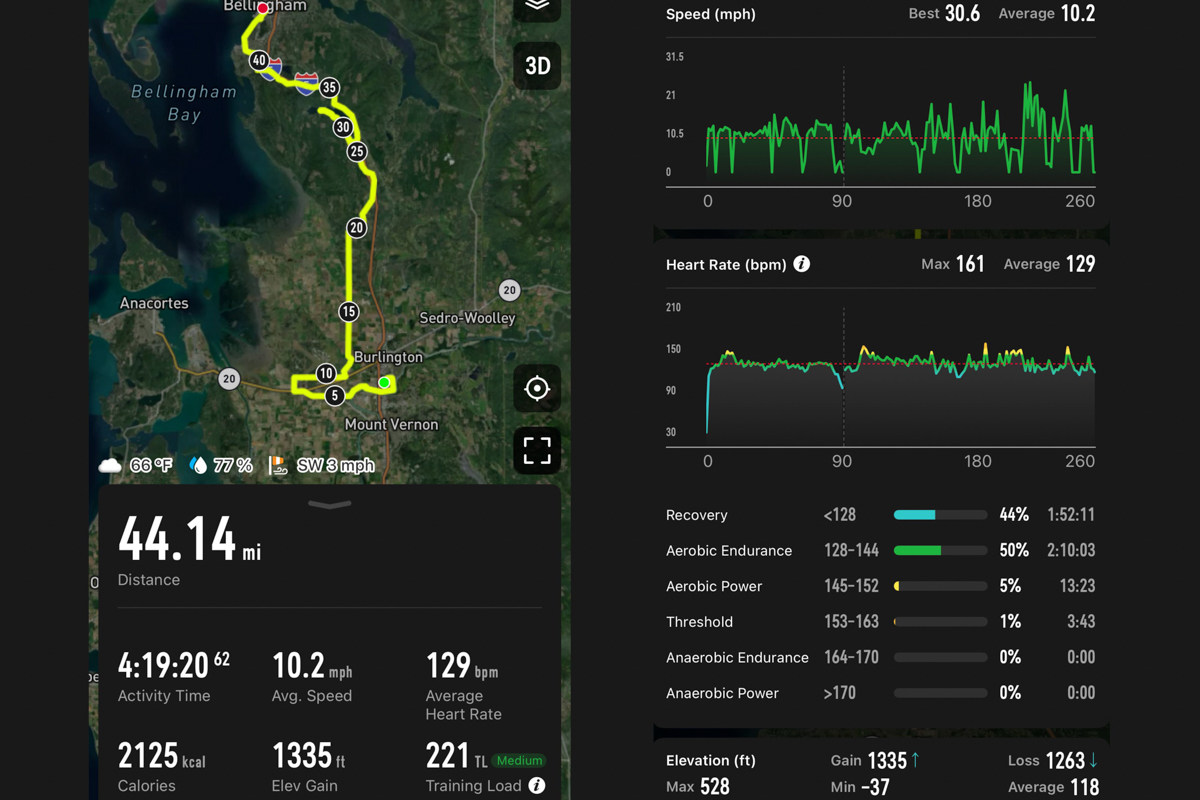
When tracking an activity, the Pace 3 displays data specific to that activity. For instance, when tracking most outdoor activities (trail run, gravel or road bike, hike), the watch displays heart rate, distance traveled, elevation gain and loss, speed and average speed, and calories burned. It also offers metrics regarding training load, Aerobic Training Effect (TE), Anaerobic TE, and estimated recovery time. While not nearly as comprehensive as premium options like Garmin’s Fenix series watches, I found the Pace 3’s data tracking more than enough for most of my use cases.
For the most part, the Pace 3 is easy to use and customize. Coros included several thoughtful details, such as the ability to navigate the watch with both touchscreen and using the side buttons—though I found it easier to disable the touchscreen at times, such as when wearing gloves, which seemed to trigger the touchscreen too easily. The side buttons are intuitive: There’s one rolling button for selection and navigation, and a smaller button for going back a page. All of the icons are easy to interpret, and since the interface is so simple, I had no issue familiarizing myself with its features. There are a number of daily data points you can access on the display as well, such as steps taken, floors climbed, and total activity time. Lastly, I like the size of the display, which is smaller than most other GPS watches at 41.9 millimeters, as well as the transreflective screen, which is easy to read in all conditions.
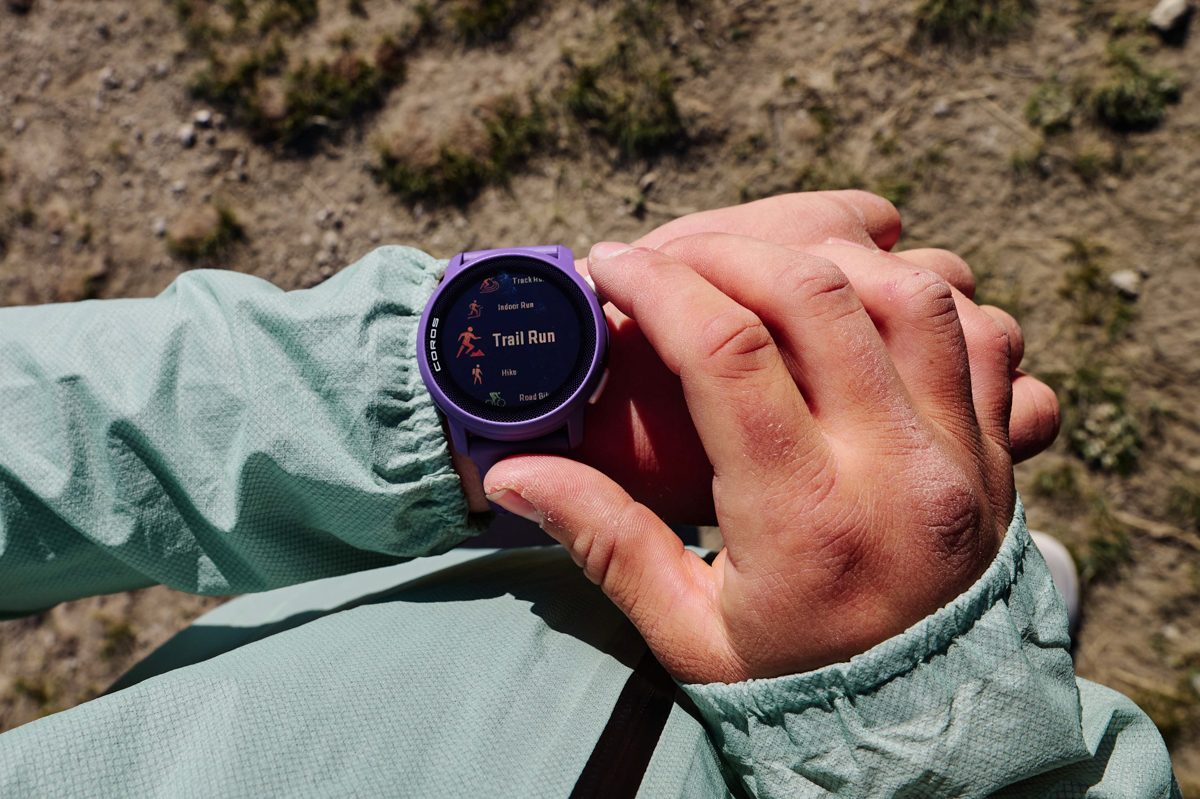
I do have a few gripes with the user interface, however. The most annoying issue I ran into was how easy it was to accidentally press the side buttons. Since the main side button extends so far out from the watch, it was frequently pressed when taking off my daypack or bending my wrist, which often paused my tracking. Thankfully, it requires a full 3-second press to finish an activity, but there were several times when I had unknowingly paused tracking and missed data. Secondly, customization is fairly limited on the watch itself. If you want to change the metrics you see in activities screens, for instance, you can only do so through the app. The app also has more detailed breakdowns of activities and data, as well as the option to create a route for navigation. The reliance on the app isn’t a dealbreaker for me, but I do wish more of the customization options were accessible through the watch itself.
If you’re on the hunt for a GPS watch specifically for maps and navigation, you’ll have better luck with the Coros Vertix 2S or the Garmin Fenix series. The Pace 3 uses breadcrumb navigation, which consists simply of an arrow on a premade track. As I mentioned above, routes have to be created ahead of time and uploaded onto the watch (you can use Strava or the Coros app to make routes) in order for breadcrumb navigation to work. There is some customization within the navigation, however. For instance, you can activate the deviation warning, which will let you know when you’re off track, or turn on turn-by-turn navigation, which will alert you when a turn is coming up. You can also get a glance at the route’s elevation profile and distance before beginning an activity. This navigation has proved sufficient for my frontcountry activities, but I turn to a watch with more detailed maps and navigation for backcountry travel.
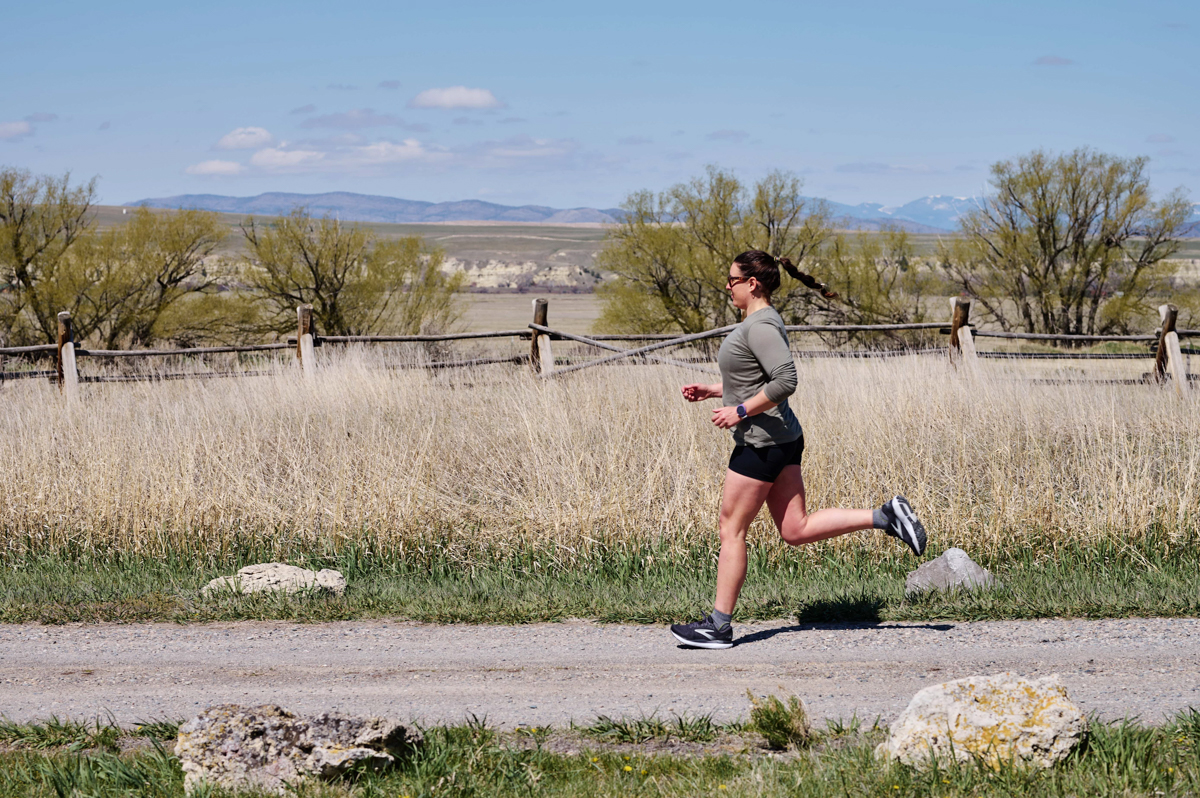
If you’re comfortable wearing your watch to bed (the Pace 3’s smaller size makes this more comfortable than with other watches), you can access data about your sleep, including total sleep and a breakdown of your sleep stages (awake time, REM, light sleep, and deep sleep). You can also see your sleep data averages for the whole week for both total sleep time and sleep stages. While it’s tough to know if the Pace’s sleep tracking is truly accurate, it felt accurate to me most of the time.
There are a number of other features that the Pace 3 offers, but some of the more notable ones include notifications, music, wellness check, and access to ABC (altitude, barometer, and compass) data. While I normally like to keep my notifications to a minimum on my watch, the Pace 3 can notify you when your phone gets a call, text, email, or app alert (notifications can be customized in the app). Music can also be uploaded to the watch, but only as an MP3 file; as a Spotify user, this feature went unused for me. A wellness check can also be performed at any time, which gives you an overview of your stress levels, breathing rate, heart rate, HRV, and SP02. Lastly, the Pace 3 has a compass feature that also displays altitude and your coordinates, as well as weather information when you scroll down on the main screen.
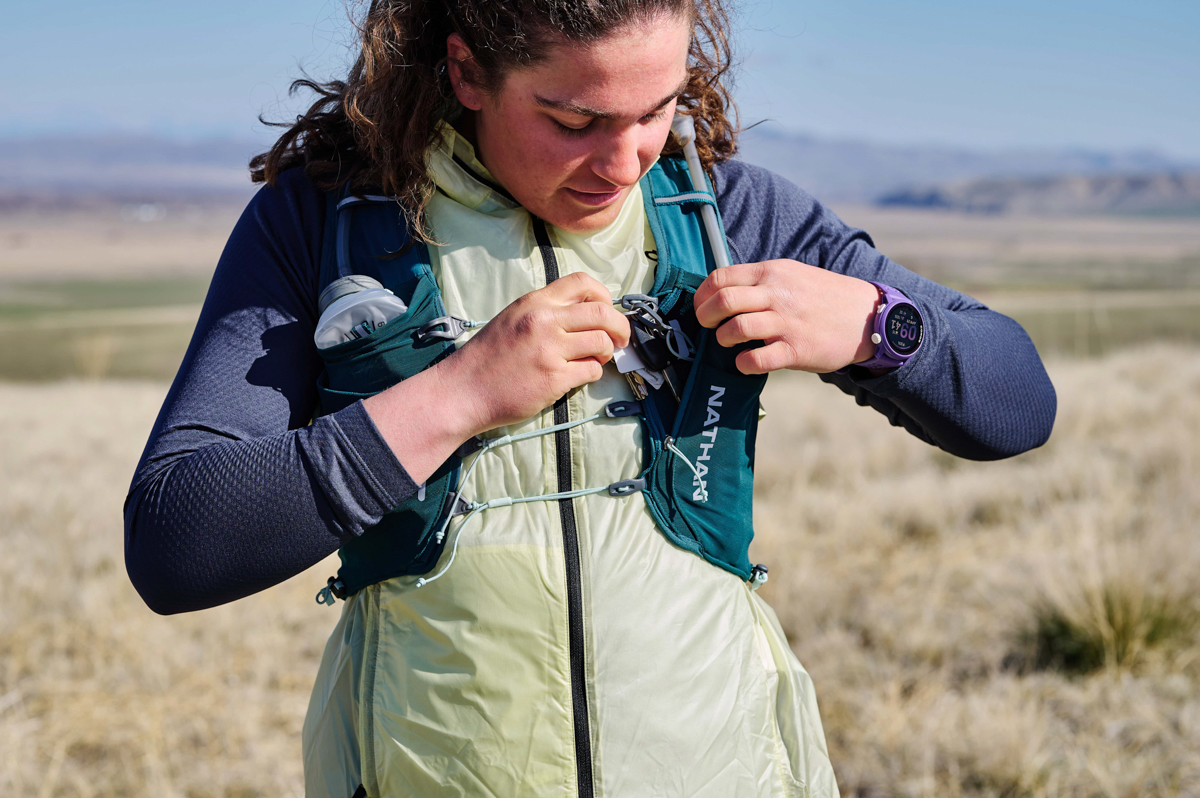
While the Pace 3 lacks the titanium bezel and sapphire glass of highly durable and uber-expensive models on the market, its polymer bezel and mineral glass screen have proved hard-wearing so far after consistent use. I’d avoid wearing this watch while climbing, however, as granite or other hard rock will likely damage the screen. And its 5 ATM water resistance makes it suitable for surface water activities, but not tough enough for diving. The only issue I’ve had to date is some stickiness with the main button, but it isn’t concerning enough to be a dealbreaker yet. I’ll be sure to update this guide if any major problems arise with continued testing.
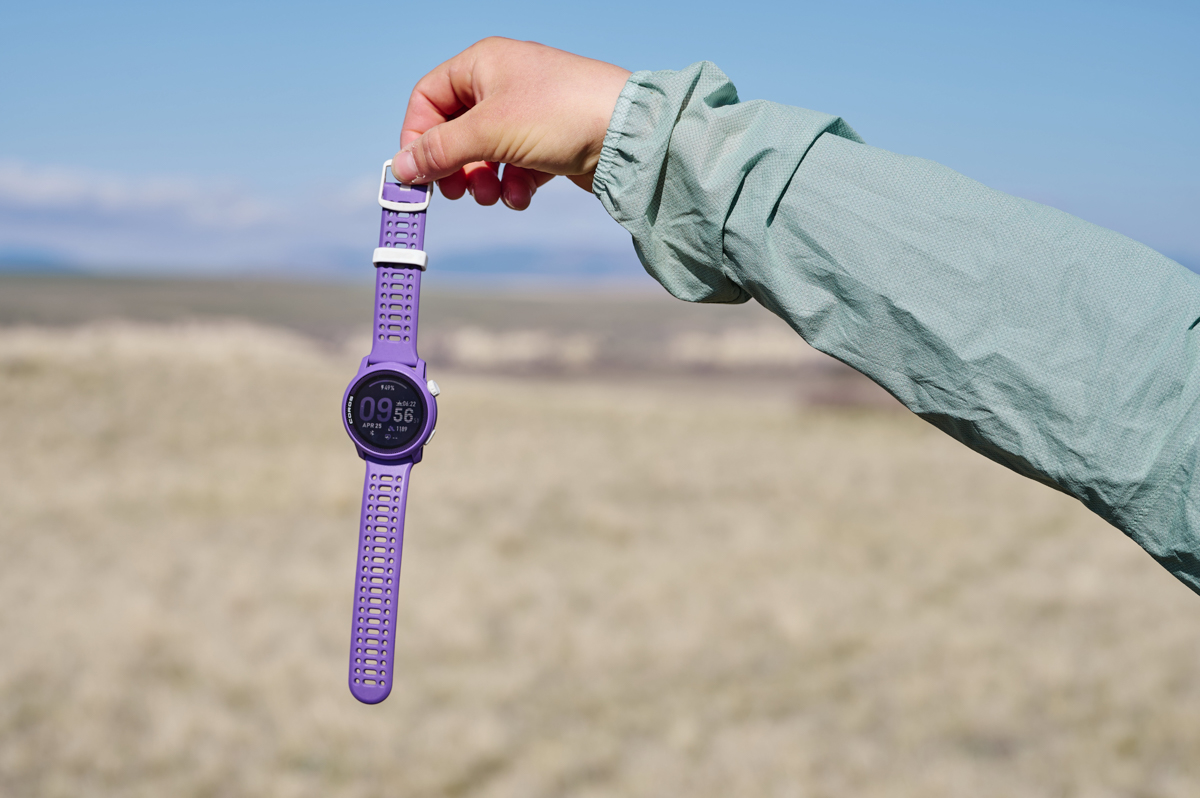
I tested the Pace 3, but Coros also offers the Pace Pro, which adds a few more premium touch points to the series. Most notably, the Pace Pro offers offline mapping with breadcrumb navigation, a step up from the Pace 3's non-mapped breadcrumb navigation. It also has a longer battery life: 20 days with daily use and 38 hours using All Systems GPS (the Pace 3 lasts just 25 hours in this mode). There are a few other upgrades, including an AMOLED screen, greater music storage (32GB vs. 4GB), and an ECG sensor. You do pay $120 more for the Pace Pro, but it still undercuts the competition significantly without leaving much to be desired in terms of features.
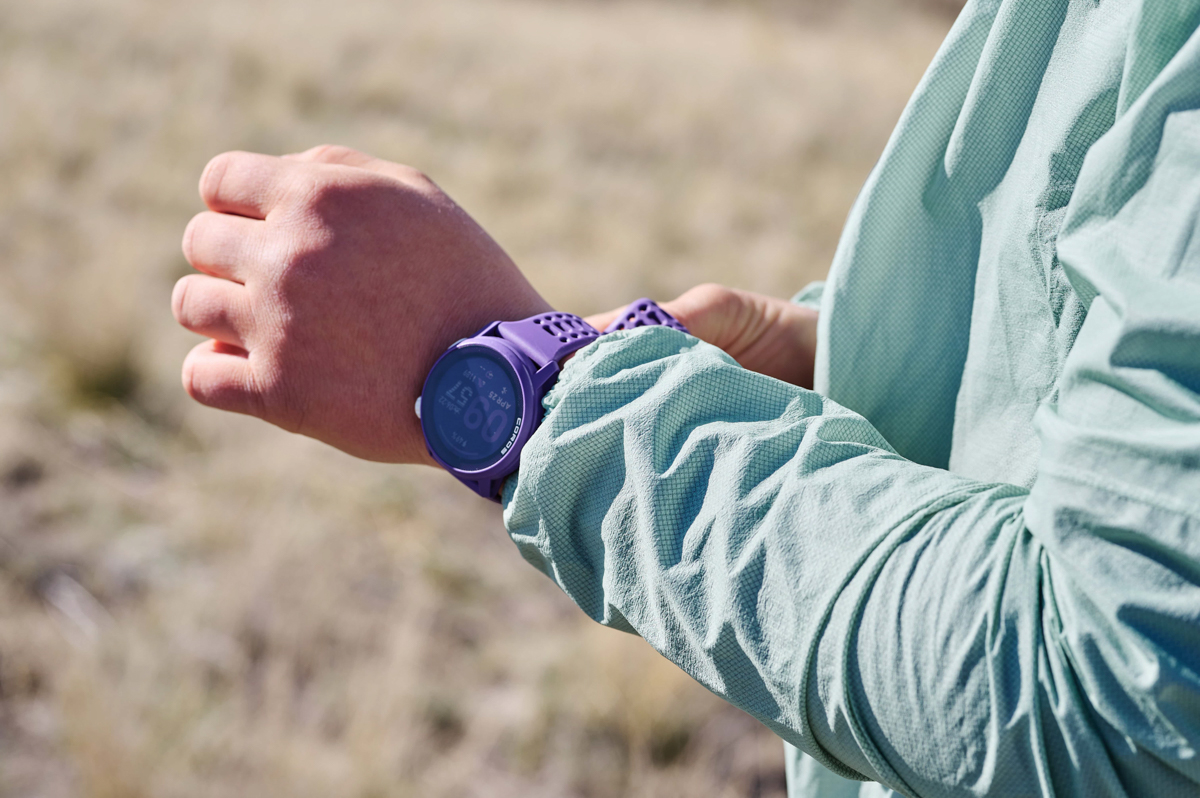
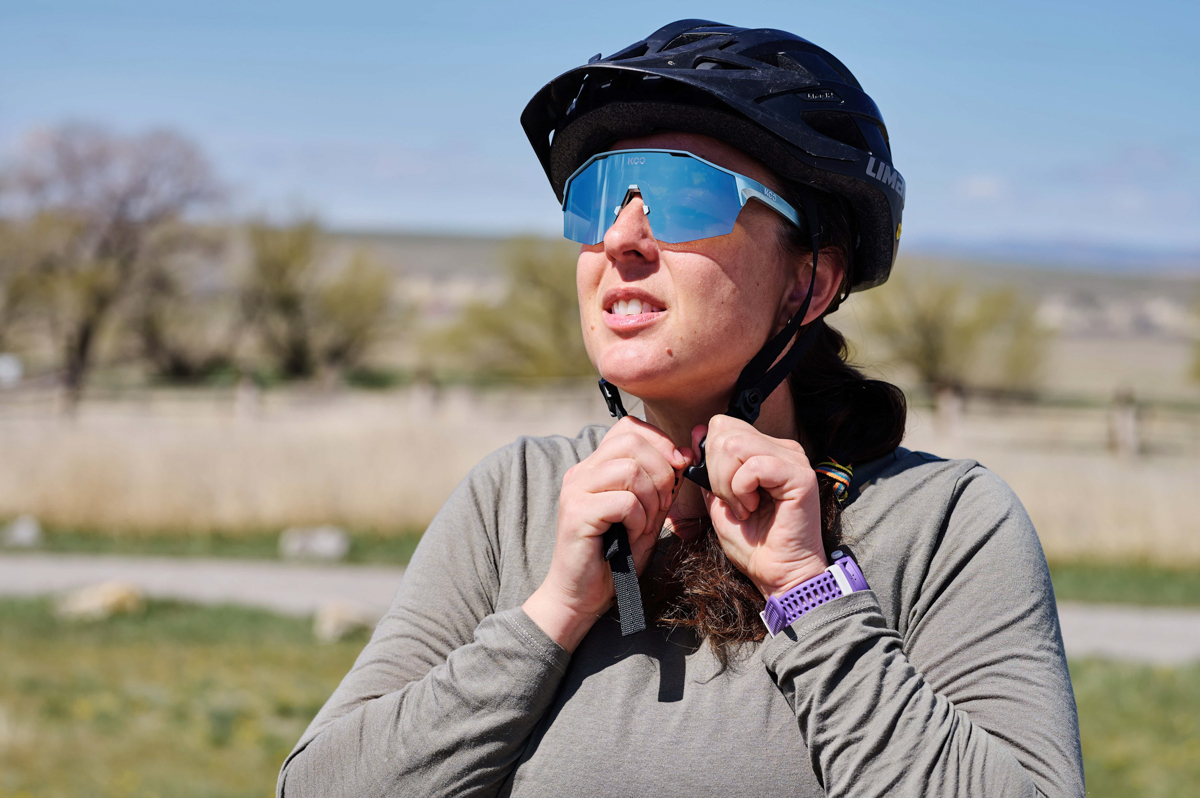
| Watch | Price | Weight | Battery* | Diameter(s) | Materials |
|---|---|---|---|---|---|
| Coros Pace 3 | $229 | 1.4 oz. | 15 days | 41.9mm | Glass/polymer |
| Coros Apex 2 Pro | $449 | 2.3 oz. | 21 days | 46.1mm | Sapphire/titanium |
| Suunto Race | $399 | 2.9 oz. | 16 days | 49mm | Sapphire/steel |
| Garmin vívoactive 5 | $270 | 0.8 oz. | 11 days | 42.2mm | Glass/aluminum |
| Garmin Instinct 3 Solar | $400 | 1.8 oz. | 28 days/unlimited | 40, 45, 50mm | Glass/polymer |
*Editor’s note: The stated battery life is the manufacturer’s claim while in default smartwatch mode (without solar charging). Changes to the settings, features, and type of tracking will affect this number.
Between the Pace 3’s price point and feature set, it lands somewhat in a class of its own (hence why it consistently ranks high in our best GPS and fitness watch guides), but the market is flush with options to consider. From within Coros’s line, the Apex 2 Pro might be a worthwhile upgrade. Though the price tag is higher, the Apex 2 Pro has a longer battery life (66 hours using standard GPS and 21 days with daily use), landscape and topo mapping, and more backcountry-specific activity tracking, such as backcountry skiing and climbing. It also has a more durable sapphire glass screen and titanium bezel, which will hold up longer to rigorous use. For a bit less than the Apex 2 Pro, Suunto’s Race also has detailed mapping and a longer battery life (40 hours with multi-band GPS and 26 days with daily use), as well as a more premium AMOLED screen and over 95 sport modes, which is more than either of the Coros options offers. That said, we do prefer Coros’s ecosystem, which we’ve found easier to navigate in both the watches and app.
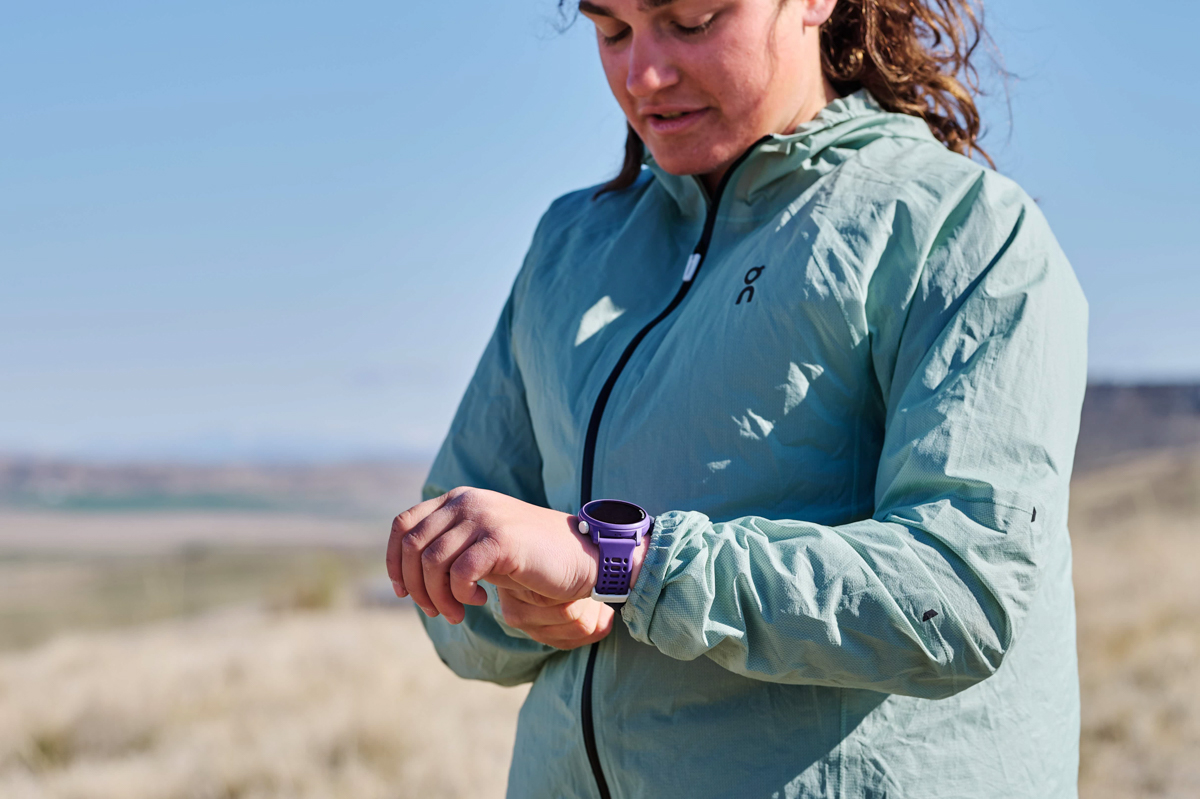
Garmin is undoubtedly Coros’s greatest competitor, and their vívoactive 5 and Instinct 3 Solar are close to the Pace 3 in terms of price and appeal. The vívoactive 5 is purpose-built for the frontcountry athlete who prioritizes everyday convenience as much as working out: It not only has a similar host of activity tracking (such as running, biking, and swimming), but features like Garmin’s contactless payment and a sleek, stylish build. That said, its backcountry appeal is even more limited, and it only has breadcrumb navigation and a touchscreen display. Garmin’s Instinct 3 Solar is a bit more backcountry-ready with climbing, backcountry skiing, and mountain biking activity tracking, a burly and durable build, and handy solar charging capabilities while still remaining relatively cheap. Still, we can’t help but feel like the Pace 3 is the most well-rounded of the bunch, and there's no denying it's the most cost-effective option.
Back to the Coros Pace 3 Review See Our GPS Watch Guide